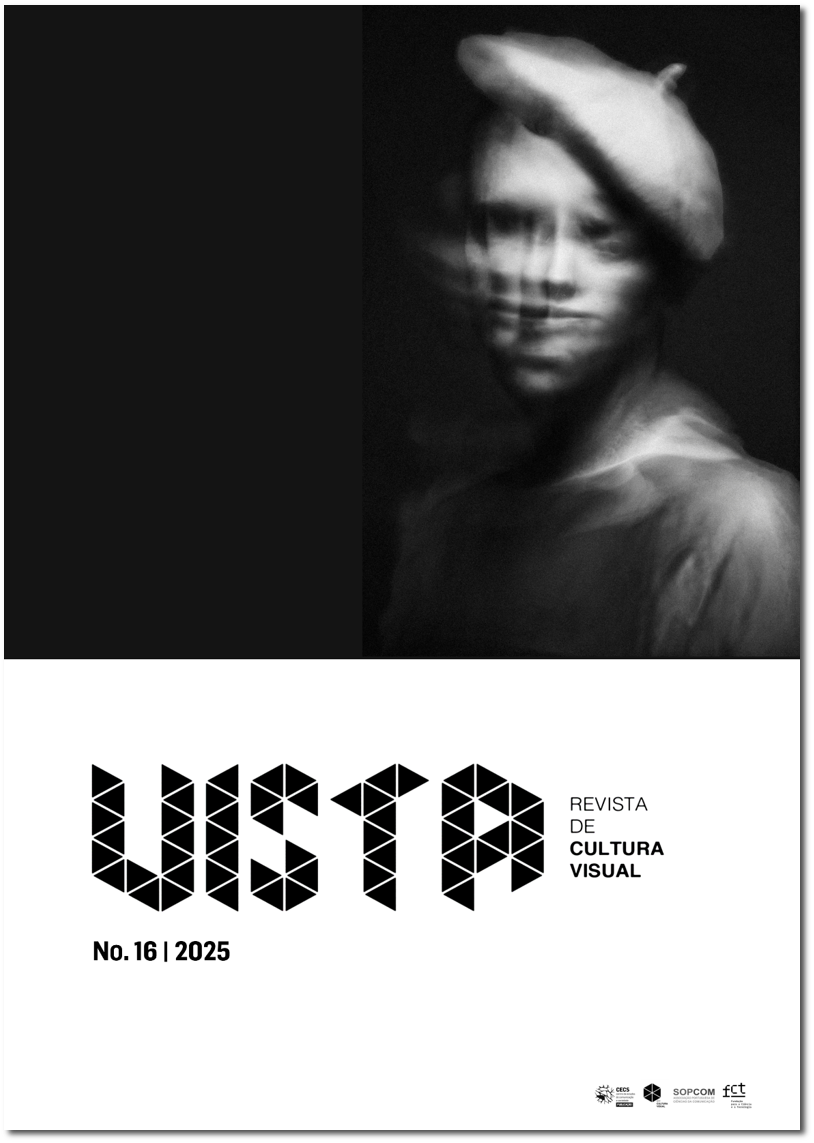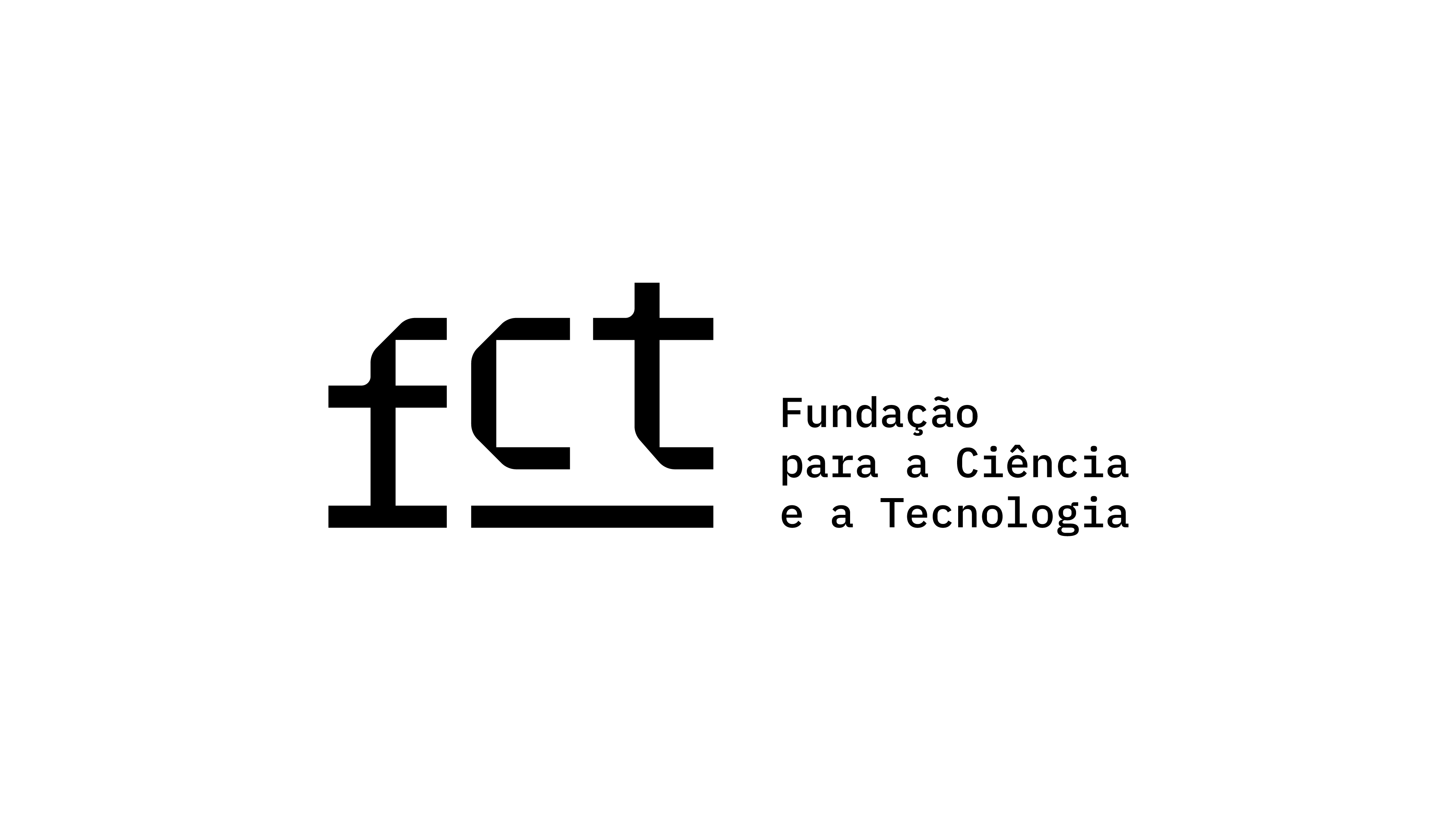Portraiture as Denunciation and Resistance in the Work of Eleonora Ghioldi
DOI:
https://doi.org/10.21814/vista.6582Keywords:
Argentina, feminisms, photography, Eleonora Ghioldi, gender-based violenceAbstract
This article examines the portraits created by Argentine feminist photographer and filmmaker Eleonora Ghioldi (b. 1972, Buenos Aires) as acts of denunciation and resistance against gender violence, while also addressing issues of intersectionality and collaboration in her three major projects: Guerreras, Atravesadxs, and Aborto Legal Ya!. Guerreras began in 2011 through conversations between Ghioldi and her friends about experiences of violence and, over the years, expanded to include testimonies from cis and trans women of diverse ages and racial backgrounds. Atravesadxs emerged from the artist’s engagement with Gustavo Melmann, the father of Natalia Melmann, a victim of femicide in 2001, and now comprises over 70 testimonies from relatives and friends of murdered women. Meanwhile, Aborto Legal Ya! documents the struggle for the legalization and preservation of abortion rights in Argentina, approaching the issue from multiple perspectives, including public health and intergenerational concerns. These works consist of large-scale photographic portraits accompanied by testimonies, displayed in public and institutional spaces, alongside a short film. The analysis draws on Emma Lewis’s (2021) research on feminist and activist approaches to portraiture, Dominique Baqué’s (2009) research on representations of violence in photography and politically engaged art, as well as Rita Segato’s (2020) studies on the structures of gender violence. The theoretical framework is further informed by Verónica Gago’s (2020) writings on feminist organizing in Latin America, Judith Butler’s (2016) work on vulnerability, resistance, and solidarity networks, and critical contributions from the anthology Transfeminismo o barbarie (2022).
Downloads
References
Abril, L. (2018). On abortion: And the repercussions of lack of access. Dewi Lewis Publishing.
Baqué, D. (2009). L’effroi du présent: Figurer la violence. Flammarion.
Butler, J. (2016). Rethinking vulnerability and resistance. In J. Butler, Z. Gambetti, & L. Sabsay (Eds.), Vulnerability in resistance (pp. 12–27). Duke University Press.
Castro, P. (s.d.). HerStory. Retirado de 22 de setembro de 2025, de https://www.panmelacastro.com/c%C3%B3pia-portraits-r%C3%A9cits-revisiter
Collins, P. H., & Bilge, S. (2021). Interseccionalidade (R. Souza, Trad.). Boitempo. (Trabalho original publicado em 2020)
Fazlalizadeh, T. (2020). Stop telling women to smile: Stories of street harassment and how we're taking back our power. Seal Press.
Gago, V. (2020). A potência feminista: Ou o desejo de transformar tudo (I. Peres, Trad.). Editora Elefante. (Trabalho original publicado em 2019)
Germano, G. (s.d.). Ausências - Argentina. Retirado a 15 de abril de 2025, de https://www.gustavogermano.com/portfolio/ausencias-argentina-2006/
Gil, S. (2020). La trampa de la identidad en la política feminista. In A. Mayor, A. Araneta, A. Ramos, C. Romero Bachiller, C. Meloni, D. Sacchi, J. Sáez, L. Mulió, L. Platero, M. Moscoso, M. Galindo, N. Alabao, O. Ayuso, P. Reguero, & S. L. Gil (Eds.), Transfeminismo o barbarie (pp. 145–157). Kaótica Libros.
Lewis, E. (2021). Photography, a feminist history: Gender rights and gender roles on both sides of the camera. Chronicle Books.
Lucero, M. F. (2022, 2 de abril). “Guerreras”, una muestra para cambiar el lente con el que se ve la violencia de género. La Voz. https://www.lavoz.com.ar/cultura/guerreras-una-muestra-para-cambiar-el-lente-con-el-que-se-ve-la-violencia-de-genero/
Piedade, V. (2020) Dororidade. Editora Nos.
Segato, R. L. (2016). La guerra contra las mujeres. Traficantes de Sueños.
Yvonne, E. (s.d.). It's all in my head. Retirado de 20 de abril de 2025, de https://www.etinosayvonne.me/its-all-in-my-head
Downloads
Published
How to Cite
Issue
Section
License
Copyright (c) 2025 Gabriela Traple Wieczorek

This work is licensed under a Creative Commons Attribution 4.0 International License.
Authors own the copyright, providing the journal with the right of first publication. The work is licensed under a Creative Commons Attribution 4.0 International License.













